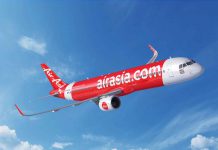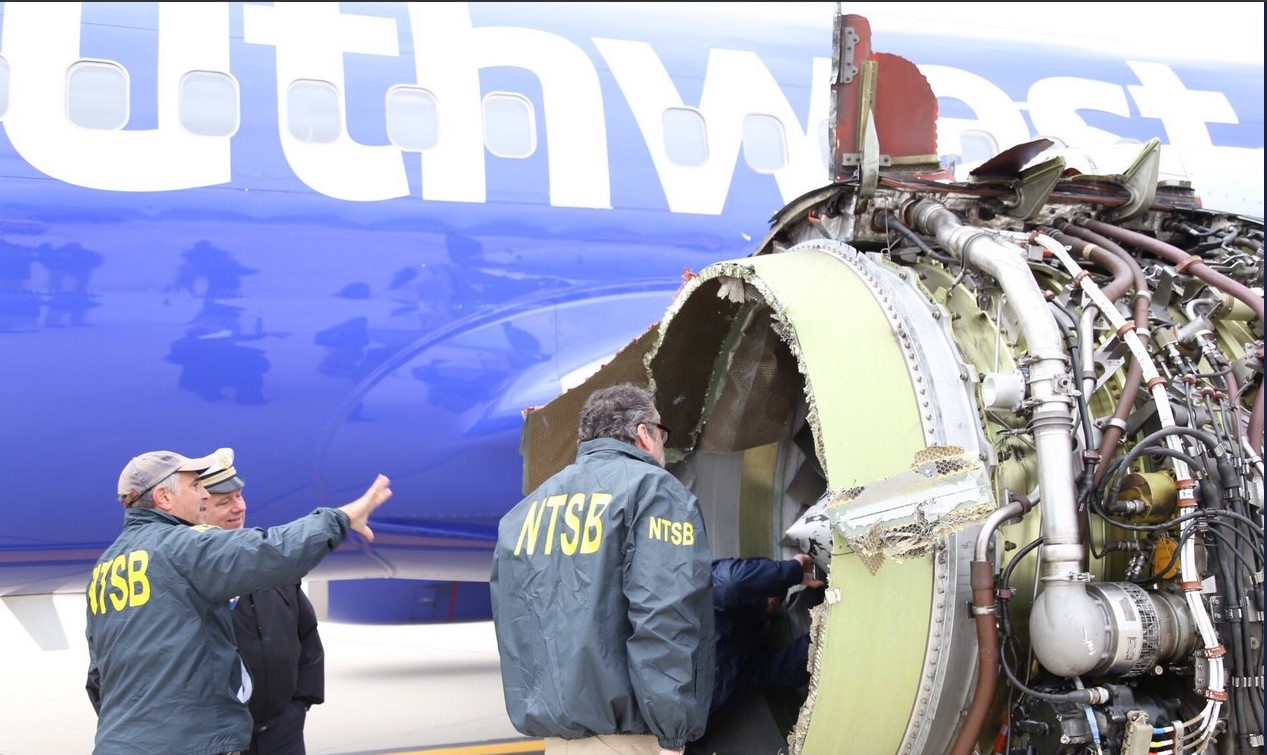Ineffective safety oversight of Southwest Airlines by the US Federal Aviation Administration (FAA) allowed the airline to operate aircraft in an “unknown airworthiness state” and put millions of passengers at risk, a government audit has found.
The audit by the US Department of Transportation’s Office of Inspector General (OIG) was initiated after a hotline complaint and an engine failure that resulted in the first US passenger fatality in nine years.
The OIG said it had identified several concerns about FAA oversight including the fact that Southwest continued to fly aircraft with unresolved safety concerns.
READ: Air Italy folds despite support from Qatar.
“For example, FAA learned in 2018 that the carrier regularly and frequently communicated incorrect aircraft weight and balance data to its pilots—a violation of FAA regulations and an important safety issue,’’ it said.
“Southwest Airlines also operates aircraft in an unknown airworthiness state, including more than 150,000 flights on previously owned aircraft that did not meet U.S. aviation standards—putting 17.2 million passengers at risk.
“In both cases, the carrier continues operating aircraft without ensuring compliance with regulations because FAA accepted the air carrier’s justification that the issues identified were low safety risks.”
The airworthiness problem involved 88 aircraft acquired from foreign carriers that were supposed to undergo airworthiness checks over three to four weeks.
The audit found 71 of the planes were approved by FAA designees using summary documentation provided by the airline on the same day they were submitted.
It also found FAA officers did not consistently evaluate risk assessments or safety culture as part of their oversight of Southwest Airlines’ safety management system.
This was because the FAA had not provided inspectors with guidance on how this should be done.
Comments by FAA officials included an observation that safety culture at Southwest consisted of using “diversion, distraction and power” to get what the company wanted.
The OIG said the FAA concurred with 11 safety recommendations to improve its oversight at Southwest and ensure the airline complied with regulatory requirements.
Southwest said in a statement it had made significant progress in addressing the issues in the report and it adamantly disagreed with how its safety culture was portrayed.
“Southwest maintains a culture of compliance, recognizing the safety of our operation as the most important thing we do,” it said
“We are considered one of the world’s most admired companies and uphold an unprecedented safety record.
“Our friends, our families board our aircraft and not a single one of us would put anything above their safety – this mission unites us all.
“The success of our business depends, in and of itself, on the safety of our operation, and while we work to improve each and every day, any implication that we would tolerate a relaxing of standards is absolutely unfounded.”
In a separate development, the FAA is also facing an OIG audit over its pilot training requirements in the wake of the Boeing 737 MAX crashes in Indonesia and Ethiopia.
The audit was requested by the chairmen and ranking members of the House Committee on Transportation and Infrastructure and its aviation subcommittee.
It intends to review domestic and international pilot training standards for commercial aircraft, including the use of automation.
This will include FAA standards for foreign carriers operating US-certified large passenger aircraft and the requirements of international civil aviation authorities for pilot training and flight deck automation.
The crashes of 737 MAX 8 aircraft in October 2018, and March 2019, killed 346 people and resulted in the grounding of the global MAX fleet.
A memorandum to the FAA noted the accidents had drawn widespread attention to the FAA’s oversight and certification practices, including its process of establishing pilot training for the aircraft.
“For example, at the time of the October 2018 fatal accident, pilots were reportedly unaware of the new automation system—known as the Maneuvering Characteristics Augmentation System (MCAS)—that Boeing included on the MAX aircraft to improve aircraft performance,’’ the memo said.
“According to the Lion Air accident report, the pilots’ response to erroneous activations of MCAS was a contributing factor in the crash, raising international concerns about the role of pilot training.”
Regulators have yet to determine final training requirements for the MAX but Boeing in January changed its stance that computer training was adequate to support the use of flight simulators.
The FAA needs to conduct test flights and certify the plane before the training requirements can be worked through.
FAA administrator Steve Dickson indicated recently that this could happen in the coming weeks.
























